The Goodwood Festival of Speed has long been revered as the ultimate celebration of automotive passion, where the past, present, and future of motoring collide in a spectacular display of speed and engineering brilliance. This year’s event was no exception, blending the nostalgia of classic cars with the cutting-edge innovation of hydrogen-powered hypercars, creating a sensory overload for enthusiasts and casual observers alike.
Nestled in the rolling hills of West Sussex, the Goodwood Estate transformed into a petrolhead’s paradise for four unforgettable days. The iconic hill climb, a 1.16-mile stretch of tarmac winding through the estate, played host to an eclectic mix of vehicles. From pre-war legends to futuristic prototypes, the roar of combustion engines harmonized with the whisper-quiet hum of electric motors, a testament to the evolving landscape of automotive technology.
The allure of classic cars remained as strong as ever, with meticulously restored machines from bygone eras drawing crowds wherever they went. A 1962 Ferrari 250 GTO, resplendent in its Rosso Corsa livery, elicited gasps as it thundered up the hill, its V12 engine singing a melody that echoed through the trees. Nearby, a group of enthusiasts debated the merits of a pristine Jaguar E-Type versus a Shelby Cobra, their voices rising in friendly rivalry. These machines weren’t just exhibits—they were rolling pieces of history, each with a story to tell.
Yet, for all the reverence paid to the past, the festival’s gaze was firmly fixed on the future. Hydrogen-powered hypercars emerged as the undisputed stars of the show, showcasing a vision of sustainable performance that left even the most hardened traditionalists intrigued. The Hyundai N Vision 74, a retro-futuristic marvel, turned heads with its bold design and hydrogen-electric hybrid powertrain. Meanwhile, the Toyota GR H2 Racing Concept hinted at a future where zero-emissions motorsport could rival the drama and excitement of its fossil-fueled predecessors.
The festival’s central feature, the Forest Rally Stage, provided a thrilling contrast to the precision of the hill climb. Here, sideways action and flying gravel were the order of the day, as rally legends and modern WRC machines danced through the trees. The unmistakable sound of anti-lag systems popping and banging filled the air, a symphony of controlled chaos that had spectators cheering wildly. It was a reminder that, no matter how advanced technology becomes, the raw, visceral thrill of motorsport endures.
Beyond the noise and adrenaline, Goodwood served as a forum for the industry’s brightest minds to discuss the road ahead. Panel debates tackled everything from the viability of hydrogen infrastructure to the role of synthetic fuels in preserving classic cars. One particularly heated discussion centered on whether autonomous technology had a place in performance driving—a topic that split the room down the middle. What became clear was that while opinions differed, the shared passion for automotive excellence remained constant.
As the sun set on the final day, casting long shadows across the Goodwood House, there was a palpable sense that this year’s festival had marked a turning point. The automotive world stands at a crossroads, balancing cherished traditions with necessary innovation. If the 2023 Goodwood Festival of Speed proved anything, it’s that the future of motoring—whether powered by gasoline, electrons, or hydrogen—will be anything but boring. The spirit of speed, it seems, is alive and well, no matter what form it takes.
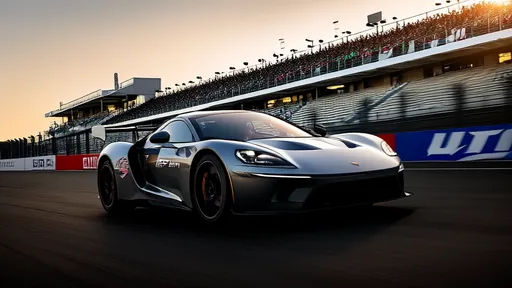
By /Jun 14, 2025
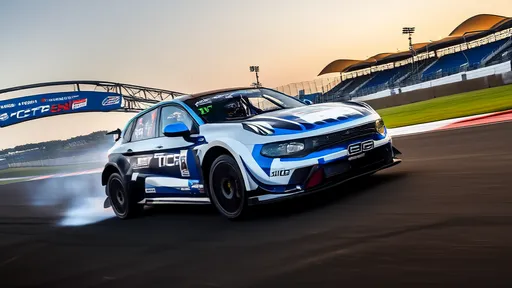
By /Jun 14, 2025
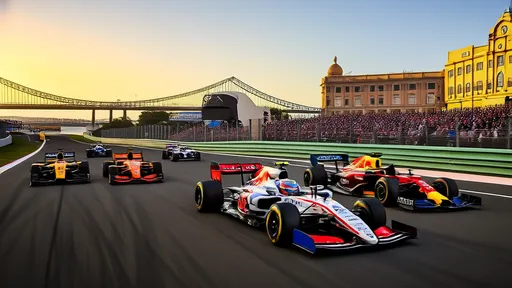
By /Jun 14, 2025
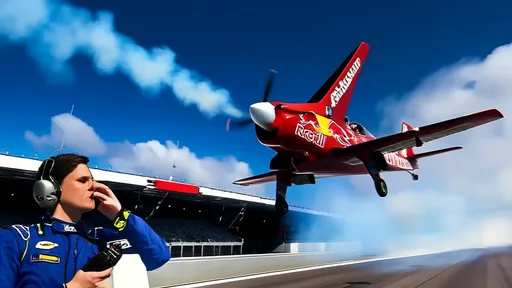
By /Jun 14, 2025
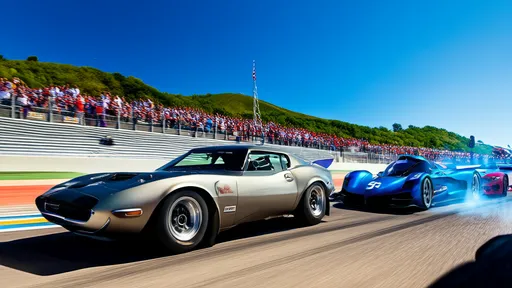
By /Jun 14, 2025
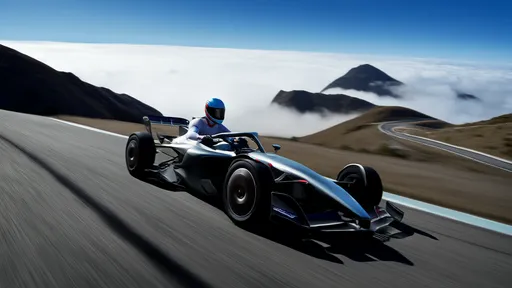
By /Jun 14, 2025

By /Jun 14, 2025
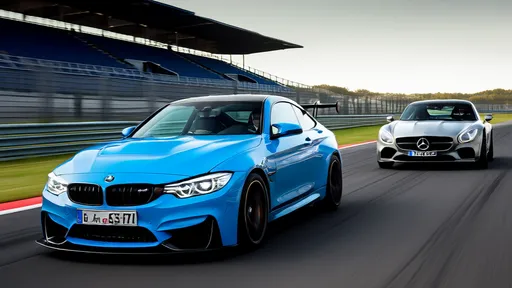
By /Jun 14, 2025
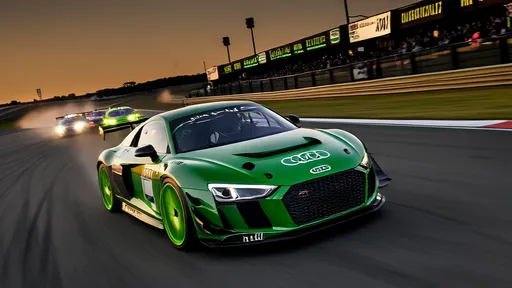
By /Jun 14, 2025

By /Jun 14, 2025

By /Jun 14, 2025
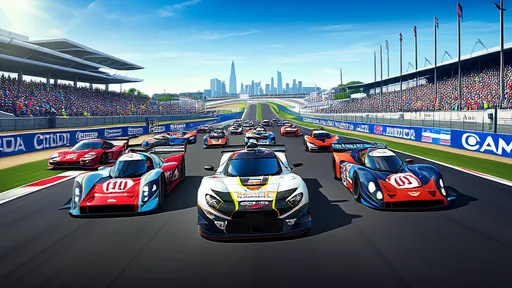
By /Jun 14, 2025
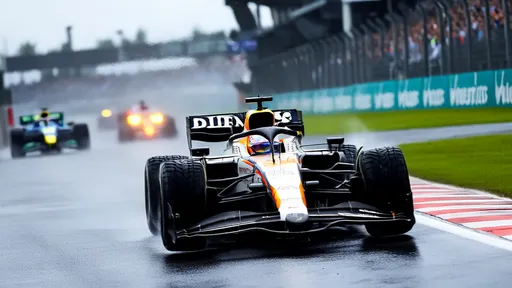
By /Jun 14, 2025

By /Jun 14, 2025

By /Jun 14, 2025

By /Jun 14, 2025
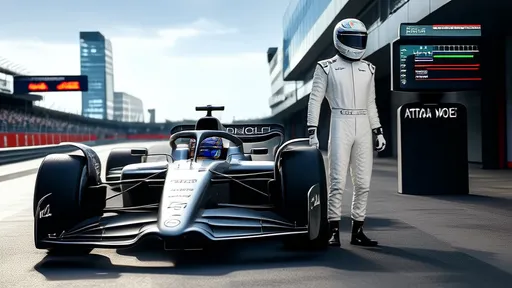
By /Jun 14, 2025